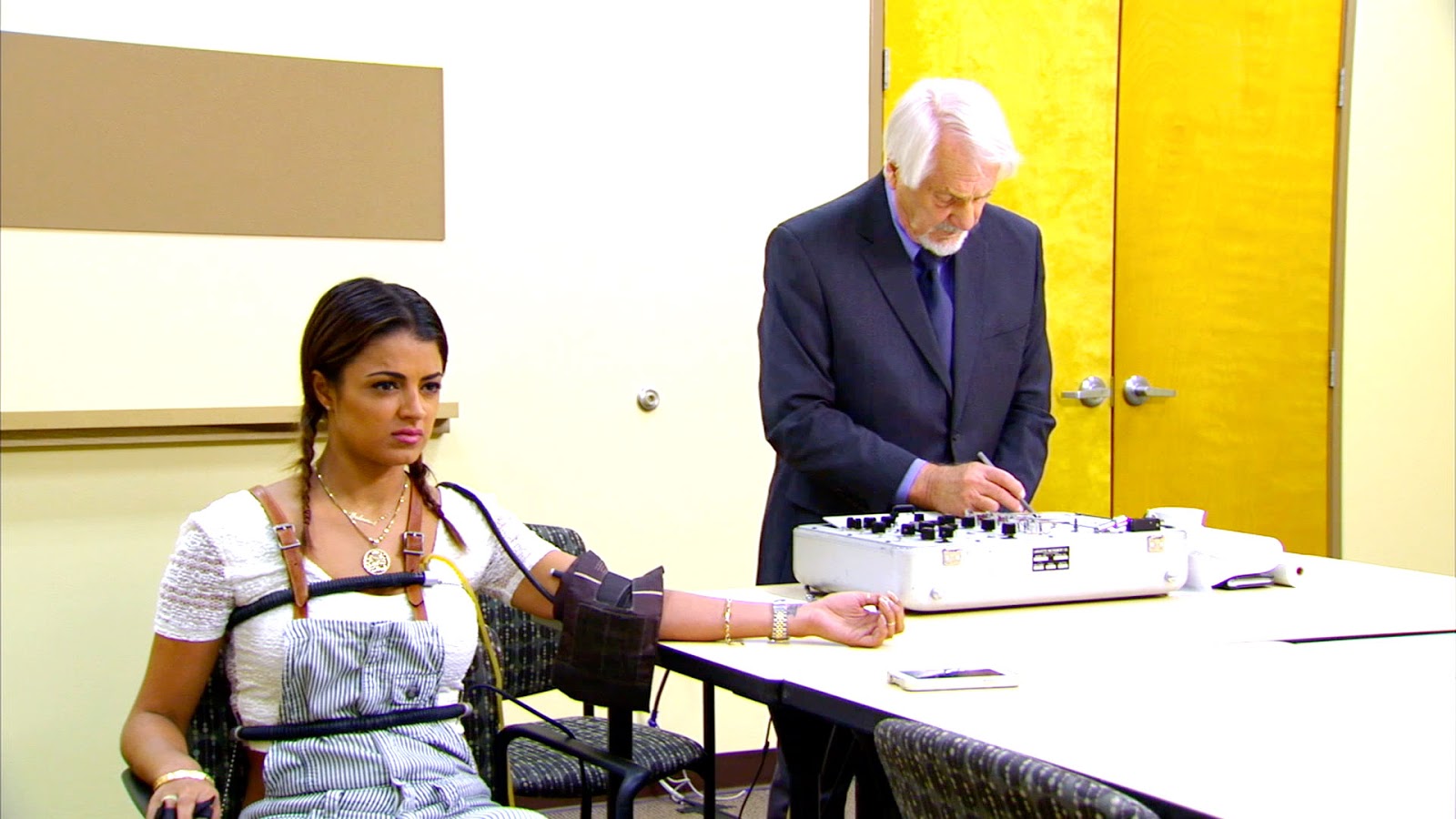
Welcome to the intriguing world of lie detector tests. Also known as polygraphs, these tests have captured the imagination of both the general public and law enforcement agencies for decades. The concept of a machine that can supposedly detect deception simply by measuring physiological responses such as heart rate, blood pressure, and skin conductivity has fascinated and baffled many.
Let’s delve into the complexity of lie detector tests, exploring their accuracy, limitations, and implications in various fields, from criminal investigations to employment screenings. Is it truly possible for a machine to unravel the intricacies of human dishonesty and reveal the truth hidden beneath the surface? Join us on this journey of unraveling the mysteries surrounding lie detector tests and understanding the power they hold in unmasking deception.
History of Lie Detector Test
Lie detectors, also known as polygraphs, have a fascinating history dating back to the early 20th century. The concept was first introduced by William Moulton Marston, a psychologist who invented an early version of the polygraph machine in the 1920s. Since then, lie detectors have evolved significantly in terms of technology and reliability.
In the 1930s, the use of polygraphs gained popularity in criminal investigations and law enforcement. The idea behind lie detector tests is based on the theory that physiological responses such as heart rate, blood pressure, and skin conductivity can indicate when a person is being deceptive. This concept paved the way for the widespread adoption of polygraphs in various fields, including government agencies and private sector organizations.
Over the years, the validity and accuracy of lie detector tests have been a subject of debate among experts and critics. Despite challenges and controversies, polygraph technology has continued to be utilized in various settings, from employment screenings to court proceedings. The history of the lie detector test reflects the ongoing pursuit of uncovering the truth through the examination of physiological responses.
Accuracy of Lie Detector Test
When considering the accuracy of the lie detector test, it is important to understand that while it can detect physiological changes associated with stress, it is not foolproof. Some factors, such as the individual’s state of mind, can impact the results of the test.
Research has shown that the accuracy of lie detector tests can vary depending on the specific techniques used and the expertise of the examiner administering the test. In some cases, false positives or false negatives can occur, highlighting the limitations of relying solely on this method for determining truthfulness.
Despite its limitations, the lie detector test can still be a useful tool in certain situations. When used in conjunction with other investigative techniques and evidence, it can provide valuable insights and help guide further inquiries in the search for truth.
Ethical Considerations
http://floridapolygraphexams.com/
When it comes to utilizing a lie detector test, ethical considerations play a crucial role in maintaining the integrity of the process. It is important to ensure that the individual being tested fully understands the purpose and implications of the test. Consent must be obtained transparently and voluntarily, with clear explanations provided regarding the significance of the results.
Moreover, the confidentiality of the information gathered through a lie detector test must be upheld at all times. It is imperative to handle the data with care and sensitivity, ensuring that it is not misused or disclosed without the individual’s explicit permission. Respecting the privacy of the individual being tested is paramount in maintaining the ethical standard of administering lie detector tests.
Lastly, it is essential to consider the potential psychological impact of undergoing a lie detector test. The process can be stressful and anxiety-inducing for many individuals, and it is crucial to provide adequate support both during and after the test. Care should be taken to minimize any negative repercussions on the individual’s mental well-being, and resources should be made available to address any emotional distress that may arise as a result of the testing process.
